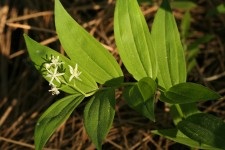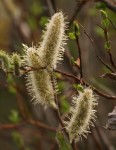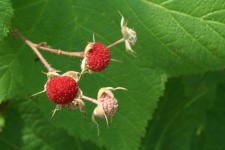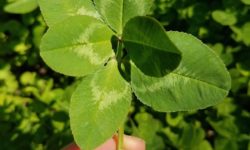Once the weather warms, shrubs begin to leaf out and the red twinberry is one of the first to bring signs of green. Also known as Utah honeysuckle (Lonicera utahensis), the leaves are elliptic to oblong in an opposite arrangement with a rounded tip.
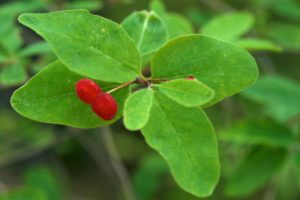
Between April and June, pairs of creamy, trumpet-shaped flowers adorn the plant. These flowers are an important food source for early hummingbirds.
The easiest way to identify the red twinberry is the berries! The name says it all—two bright red berries joined at the base. The similar twinberry honeysuckle (Lonicera involucrata) has black berries and more pointed elliptical leaves.
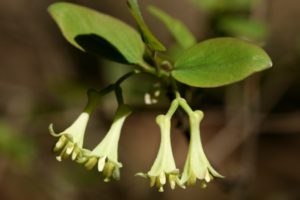
A wide variety of animals eat from the red twinberry throughout the year. Grizzly bears, black bears, ruffed grouse, rodents and other birds eat the berries in summer. Elk eat the plant in the summer and fall and moose eat the plant in the fall and winter.
The red twinberry grows as an understory component of many moist woodlands, including lodgepole pine, Douglas-fir, grand fir and Rocky Mountain maple habitats. As the weather warms, the red twinberry brings some of the first signs of green to shaded areas.

